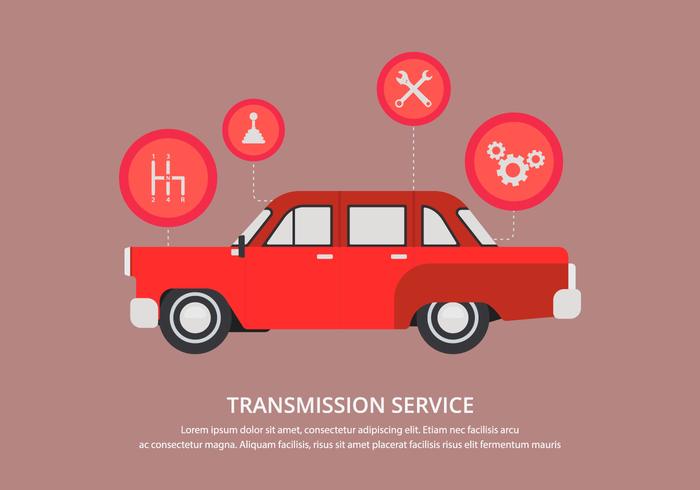Are You Knowledgeable About What The Control Panel Caution Lights Indicate? Discover Their Definitions And Remain Proactive Versus Possible Car Troubles-- Your Safety And Security Is Important
Are You Knowledgeable About What The Control Panel Caution Lights Indicate? Discover Their Definitions And Remain Proactive Versus Possible Car Troubles-- Your Safety And Security Is Important
Blog Article
Written By-Astrup Hurst
When you lag the wheel, those control panel warning lights can be a real mystery. But did you know that understanding them can save you from prospective vehicle difficulties in the future? From the threatening check engine light to the subtle oil pressure caution and the ever-important battery light, every one acts as a vital signal from your vehicle. It's time to shed light on these usual control panel cautions and outfit on your own with the understanding to navigate the roadway ahead.
Recognizing the Examine Engine Light
When your control panel brightens with the check engine light, it is necessary not to panic but to take instant activity. The check engine light functions as a warning that your vehicle's onboard diagnostic system has detected a possible problem with the engine, emissions, or various other critical components. Neglecting this light can result in much more serious problems in the future, so it's important to address it quickly.
To understand the resource of the concern causing the check engine light, you can use an OBD-II scanner to get the details trouble codes stored in your lorry's computer system. These codes supply useful details that can help determine the underlying trouble.
While some concerns triggering the check engine light may be minor, such as a loose gas cap, others might suggest much more significant worries that call for expert focus.
Deciphering the Oil Pressure Warning
Upon seeing the oil pressure cautioning light on your dashboard, prompt attention is imperative. This caution shows that the oil pressure in your engine may be as well reduced, which can result in serious engine damages otherwise attended to promptly. Reduced oil stress can be brought on by a range of problems such as a leakage, a defective oil pump, or reduced oil degrees. Disregarding this cautioning light can result in costly fixings or even engine failure.
If you see the oil stress cautioning light begun, the very first step is to safely pull over to the side of the road and turn off your engine. Inspect the oil degree utilizing the dipstick and guarantee it's at the suggested level.
If the oil degree is low, top it up with the suitable oil for your vehicle. If Recommended Web site , don't continue driving and seek aid from a technician to detect and repair the issue without delay. Bear in mind, keeping appropriate oil pressure is important for the health and durability of your engine.
Analyzing the Battery Light
To figure out the value of the battery light on your control panel, you need to comprehend its critical function in your car's electrical system. When the battery light illuminates while you're driving, it shows that the electric system isn't receiving enough power from the battery.
This could be as a result of a falling short battery, a defective alternator, or problems with the charging system. Disregarding this alerting light might bring about your car delaying or being incapable to start.
If the battery light begins, it's advised to safely pull over and have your lorry evaluated by a technician asap. They can do diagnostics to identify the underlying problem and avoid a possible failure.
Final thought
Now that you recognize exactly how to determine the most typical warning lights on your dashboard and what they suggest, you can deal with any type of potential problems quickly. Keep in mind, the check engine light, oil pressure warning, and battery light are all important signs of your lorry's health and wellness. Keep notified, remain risk-free, and keep your vehicle running efficiently by focusing on these warning signs.
